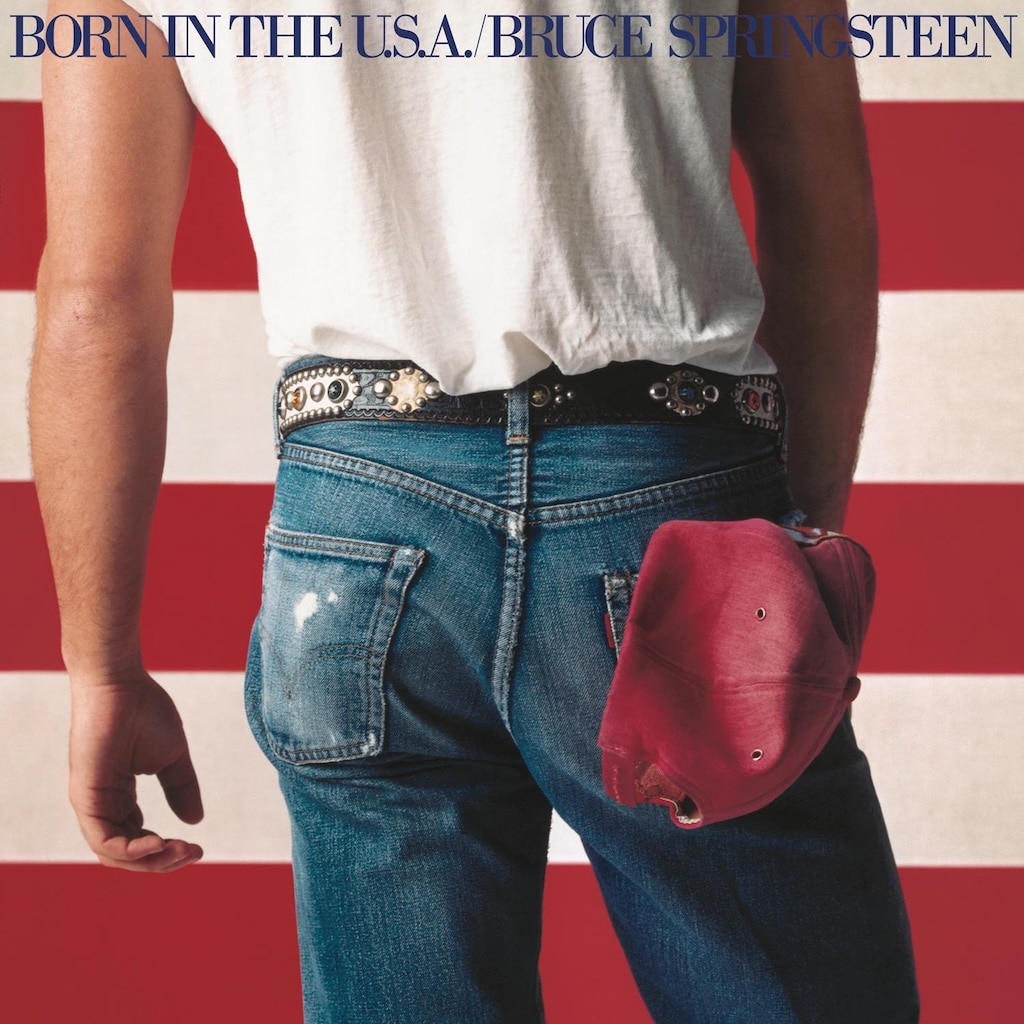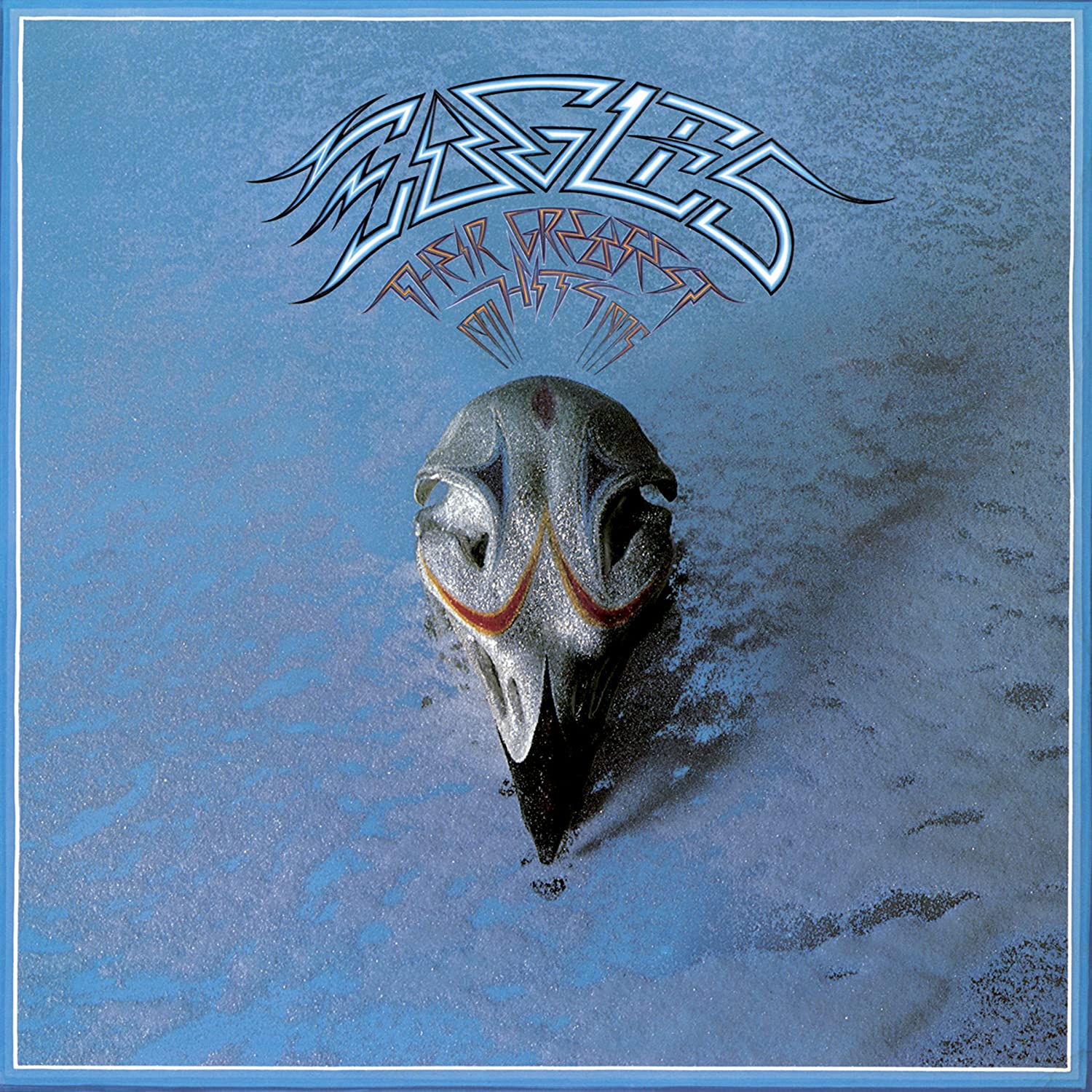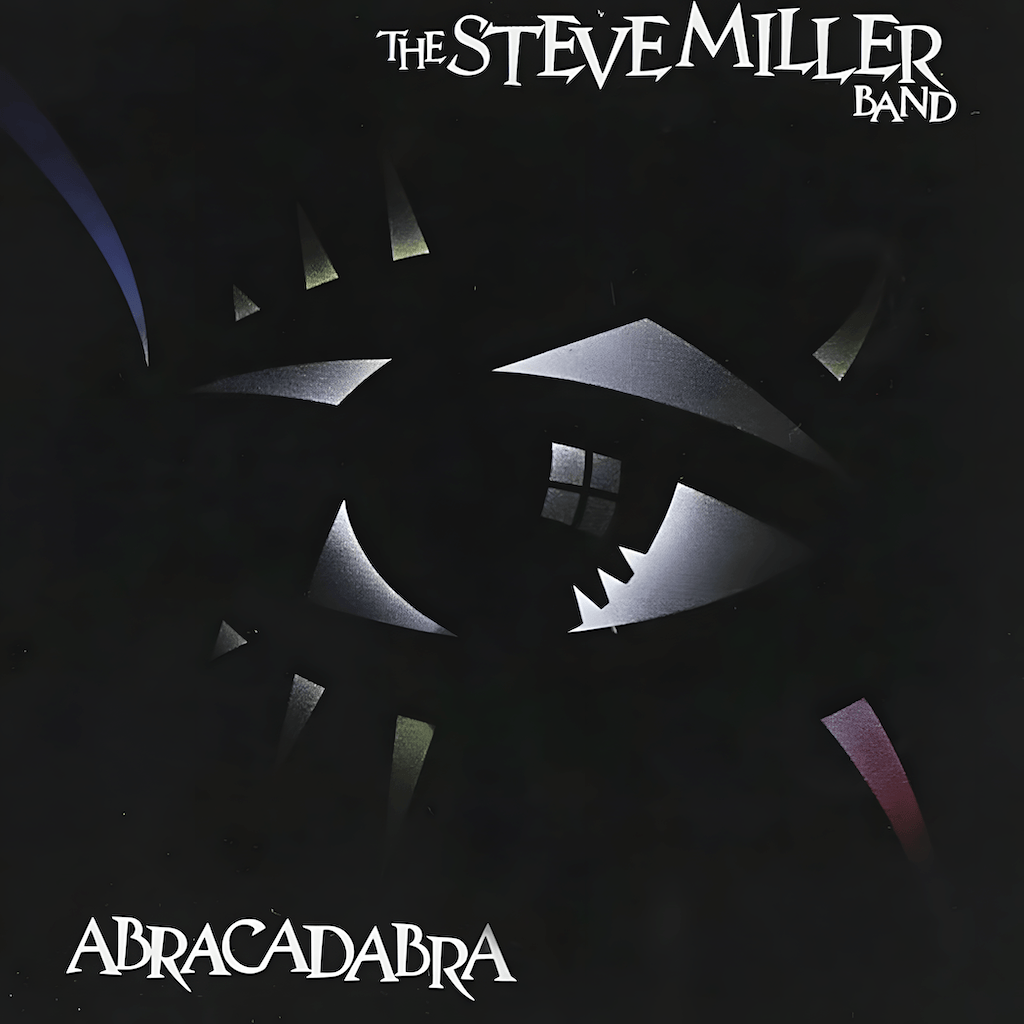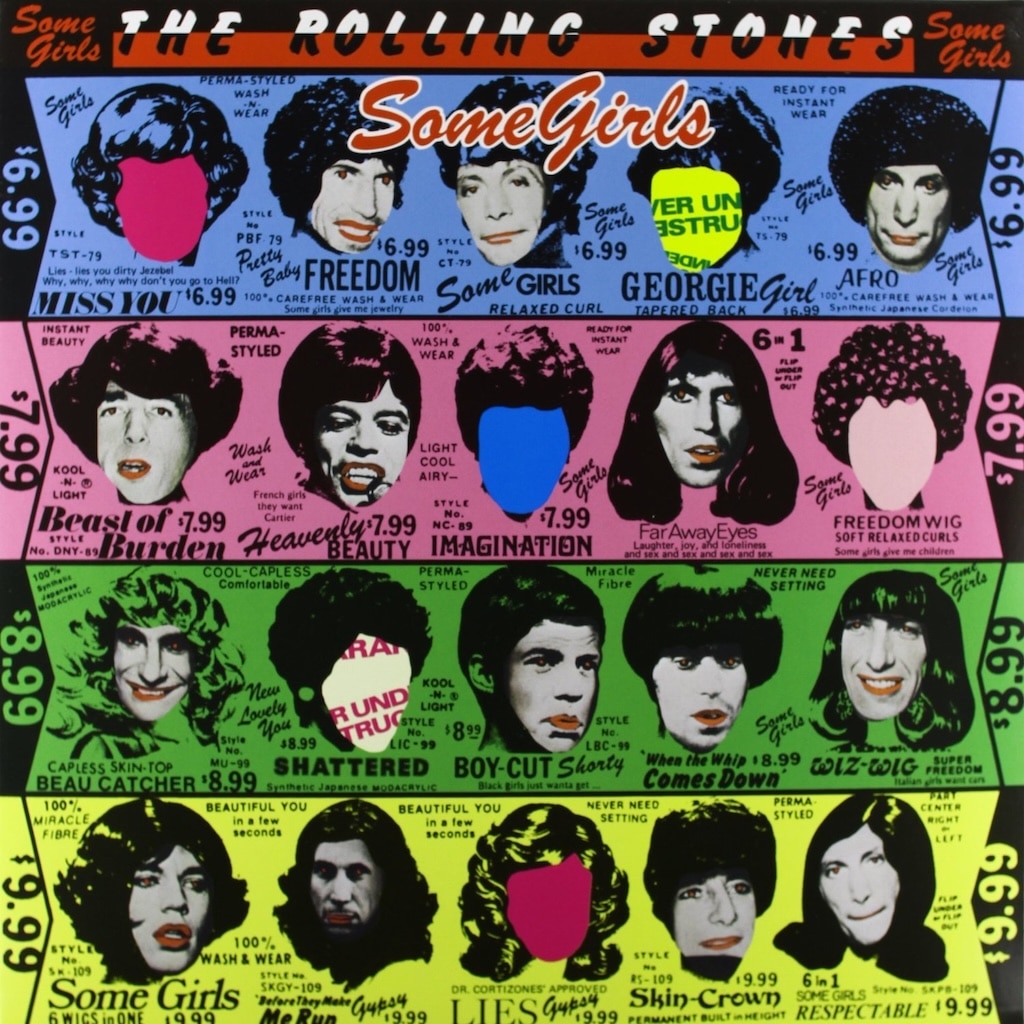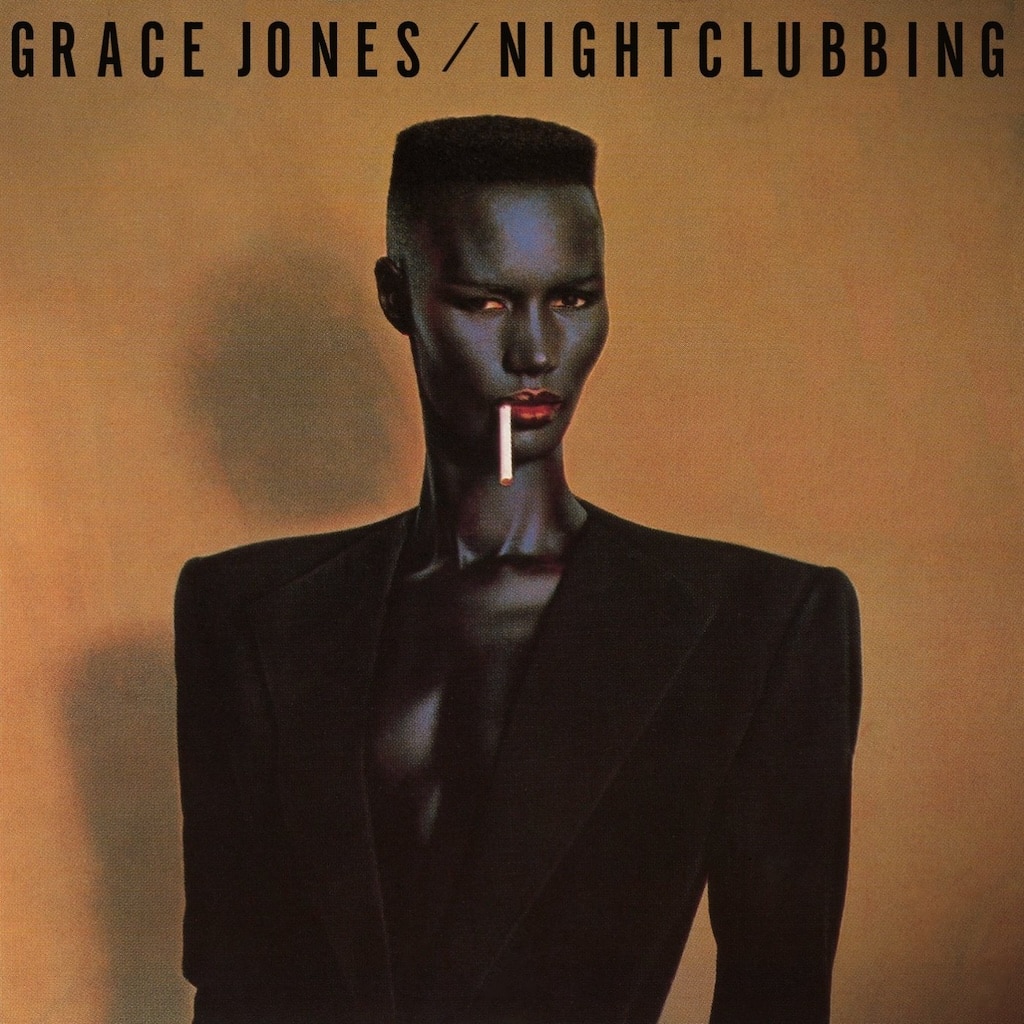
Grace Jones’ “Nightclubbing,” released in May 1981, features one of music’s most striking and influential album covers. The Jean-Paul Goude-photographed image presents Jones in an androgynous pose wearing a men’s Armani suit jacket with dramatically squared shoulders, her skin painted a dark blue-black against a flat pink background. This geometric, sculptural portrait transforms Jones into an almost architectural presence, highlighting her angular features and creating a visual that challenges conventional notions of gender, race, and beauty.
The cover design emerged from the creative partnership between Jones and Goude, who served as both her artistic collaborator and romantic partner. Goude, known for his manipulated photography, created the hyperreal image by retouching the photo to emphasize Jones’ distinct features, particularly her pronounced cheekbones and flattop haircut. The result was a visual representation of Jones’ artistic persona—bold, avant-garde, and deliberately blurring boundaries between masculine and feminine aesthetics.
“Nightclubbing” marks a pivotal moment in post-disco and new wave music, blending reggae, funk, new wave, and art pop into a sophisticated sonic landscape. Recorded at Compass Point Studios in the Bahamas with the legendary Compass Point All Stars backing band, the album achieved both critical acclaim and commercial success. Its reimagined covers (including David Bowie’s title track) and originals like “Pull Up to the Bumper” established Jones as a musical innovator whose visual presentation was inseparable from her artistic identity. The album and its iconic cover art continue to influence musicians, fashion designers, and visual artists, cementing Jones’ legacy as a boundary-pushing cultural icon who redefined notions of performance and identity.
